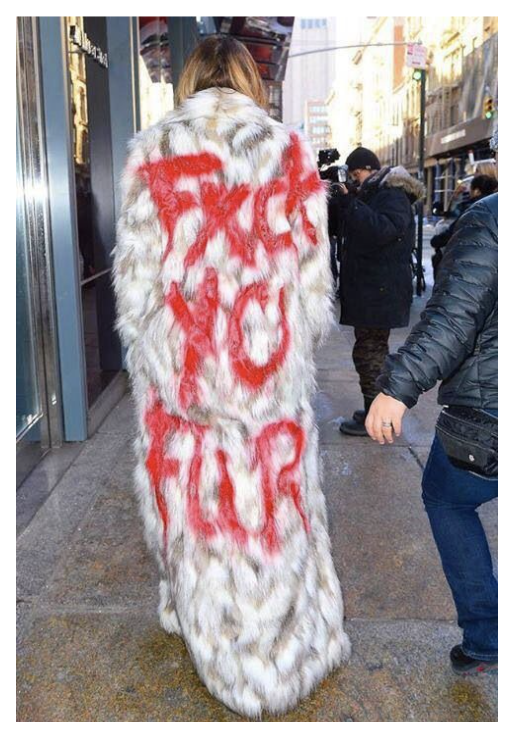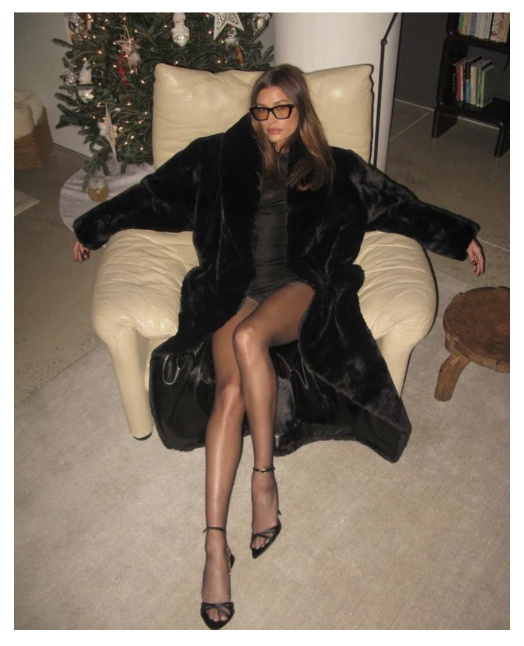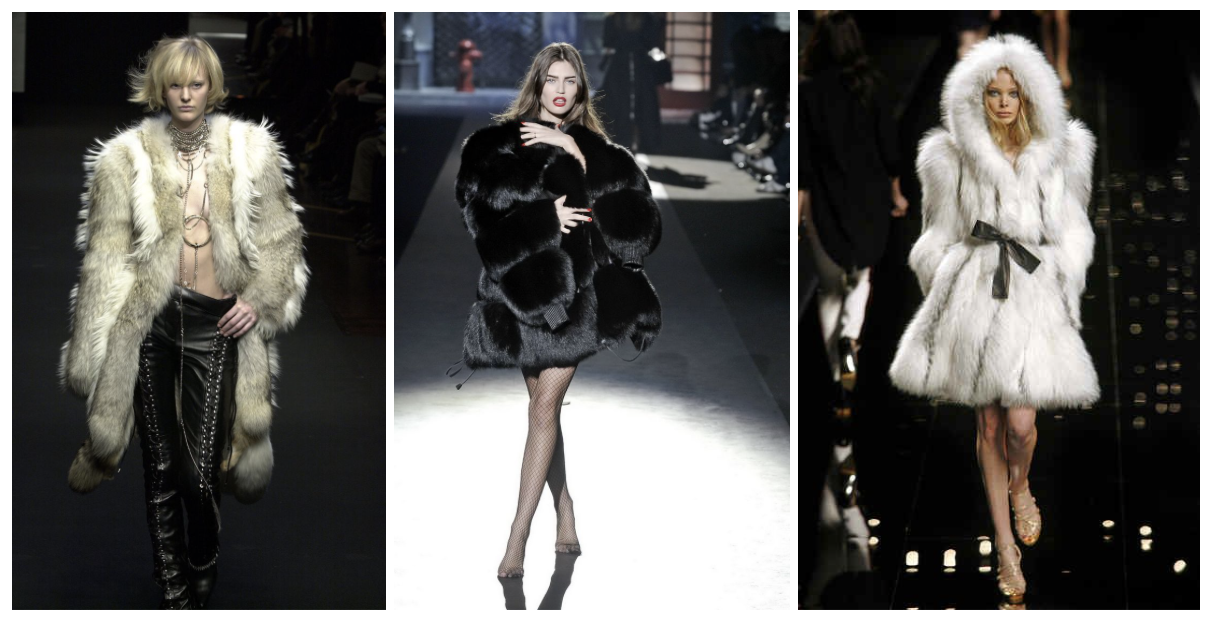Animal Instincts: The Return of Fur and Hunt for Sustainable Options
“Clean girl is out, mob wife is in.” This phrase has echoed across the internet in recent months, signifying the inevitable shift from one micro-trend to another. A new style has emerged for young women to fixate on, which, like all trends, will eventually fade as the cycle begins to renew itself. This mafioso style is evocative of the iconic (fictional) mob wife herself, Carmela Soprano, with incorporation of modern twists reminiscent of Lady Gaga in “House of Gucci.” It represents a striking juxtaposition to the internet's previous obsession, everything minimalist and so-called “Clean Girl.” The mob wife aesthetic revolves around everything maximalist; statement leather pieces, animal print, anything bold, dramatic, luxurious and unapologetically confident. Central to this deemed “mob wife” aesthetic is one accessory that defines it all: the fur coat.
Fur’s return to favour is a curious twist in the societal fashion narrative. Historically, fur was a symbol of luxury and prestige, draping the shoulders of societal elites for millennia. From Egyptian high priests to British royalty, fur represented a style marker of importance and status. Yet, its resurgence — propelled by social media influencers and celebrity endorsements—has led fur back into the spotlight, now draped over the shoulders of modern-day royalty: fashion icons and celebrities. Inevitably, fur’s return to the center stage of the fashion world raises questions about ethics and sustainability. Especially as, not long ago, the movement against fur seemed to gain serious ground and it appeared that any and all fur garments were officially deemed passè. For instance, major fashion conglomerate Kering banned the use of fur across all its maisons in 2021, followed by Oscar De La Renta and Saks Fifth Avenue, and even geographic bans like California's prohibition of most fur sales and the British Fashion Council's strict exclusion of fur from London Fashion Week.
Despite these advancements, the allure of fur has proved to be resilient, likely due to its entrenched symbolism of importance and wealth. The return of fur poses a challenge to the progress and ethical responsibility that has begun to dominate the fashion world. This revival not only brings back a style but also reignites a dilemma and a reminder to never judge a book by its cover, highlighting the contrast between fur’s glamorous appeal and the harsh realities of its production. The hunt for sustainable alternatives has led to innovations like faux fur, which successfully sidestep animal cruelty but its production often involves environmentally damaging microplastics.
Consumers can still enjoy the unreplicable luxury of fur garments without contributing to current production practices by opting for vintage or second-hand products. This approach extends the life cycle of the items, keeping them out of landfills and adding a story to each piece, further enhancing its allure and charm. These alternatives strive to offer the opulence of fur without the ethical baggage associated with new fur production, bridging luxury and responsibility while aligning more closely with modern sustainability and ethical practices.
As fur continues to make its comeback and its role in fashion continues to evolve, it is crucial that customers and designers alike carefully navigate this intersection between ethics, aesthetics, and environmental responsibility. In embracing the “mob wife” look, consumers must consider not just their stylistic preferences, but the broader implications of their sartorial choices. This dual consideration can help ensure that the fur pieces adorning those who walk the runway to the future do not weigh heavy on the world.



